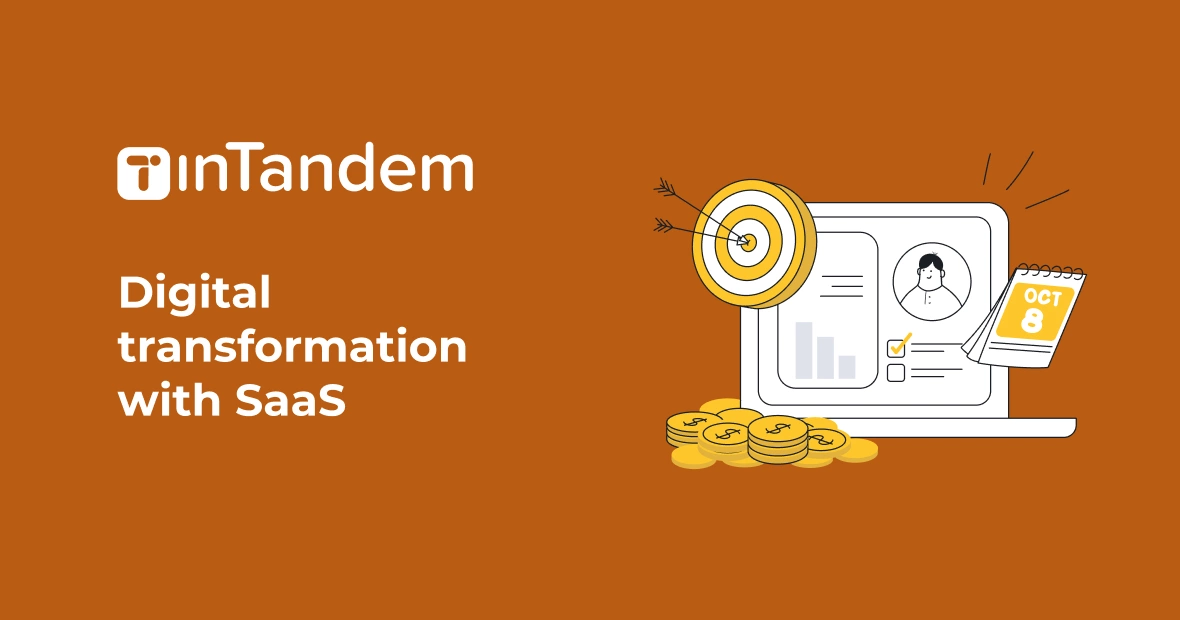
Dec 14, 2023
How SaaS solutions are propelling digital transformation for small businesses
5min read
Dec 14, 2023
How SaaS solutions are propelling digital transformation for small businesses
5min read
About us
We’re inTandem by vcita, a business management platform designed to win and keep SMB business. Flexible. Easy to integrate. Scalable. We’ve used all our learnings from working hand-in-hand with partners and small businesses in the past 12 years to create the most powerful platform possible. Built for you. Built for the real way businesses work. And 100% built on experience.
